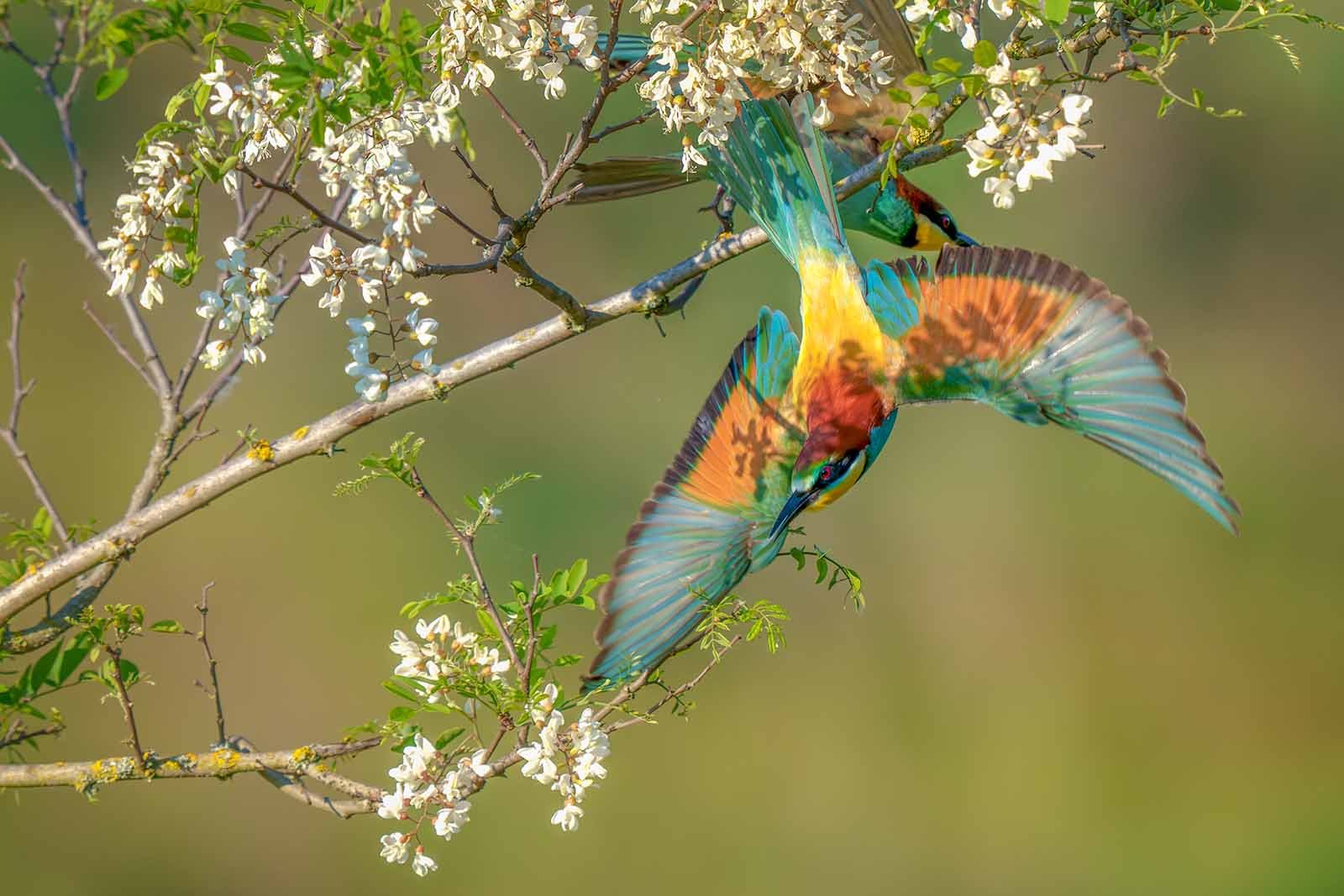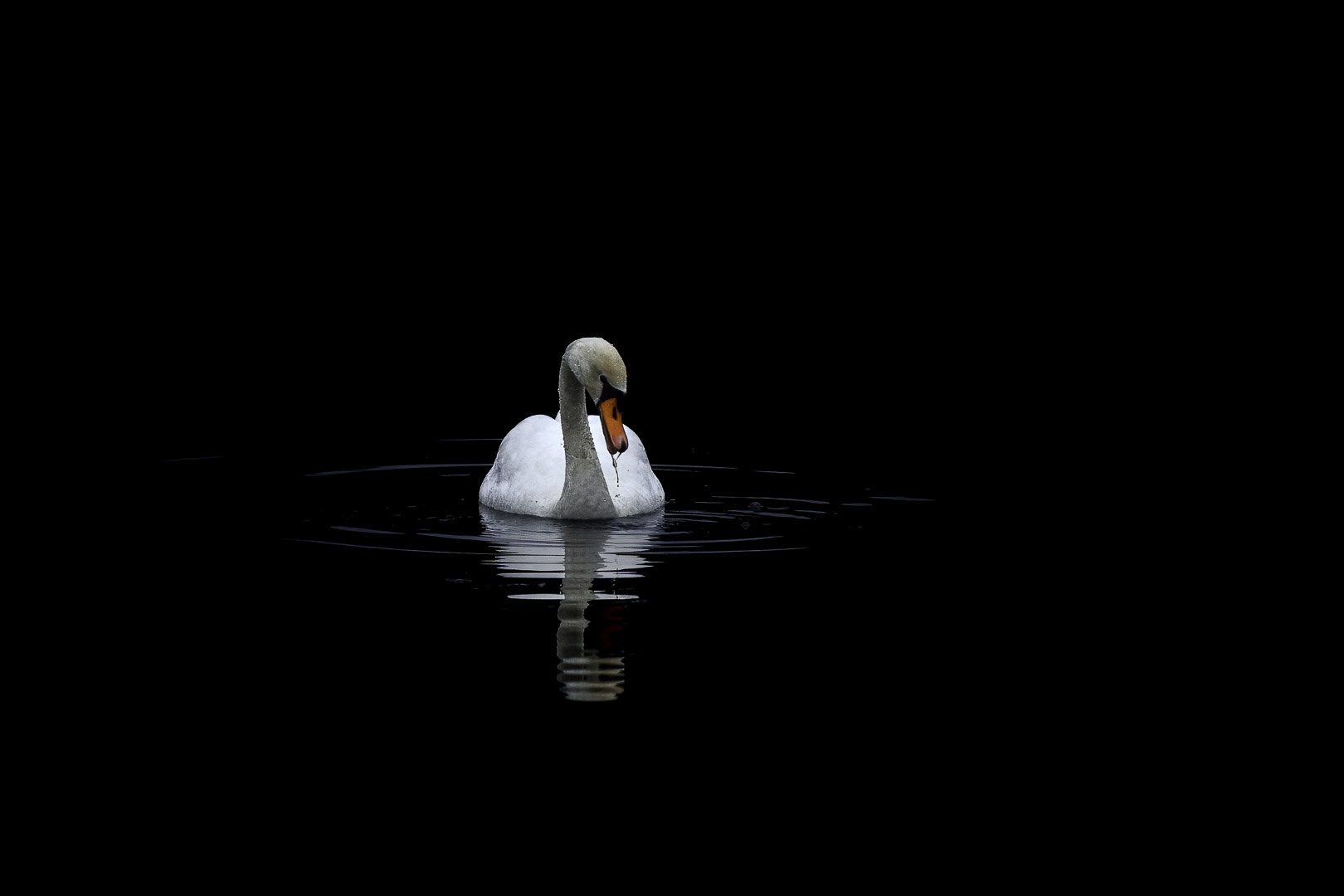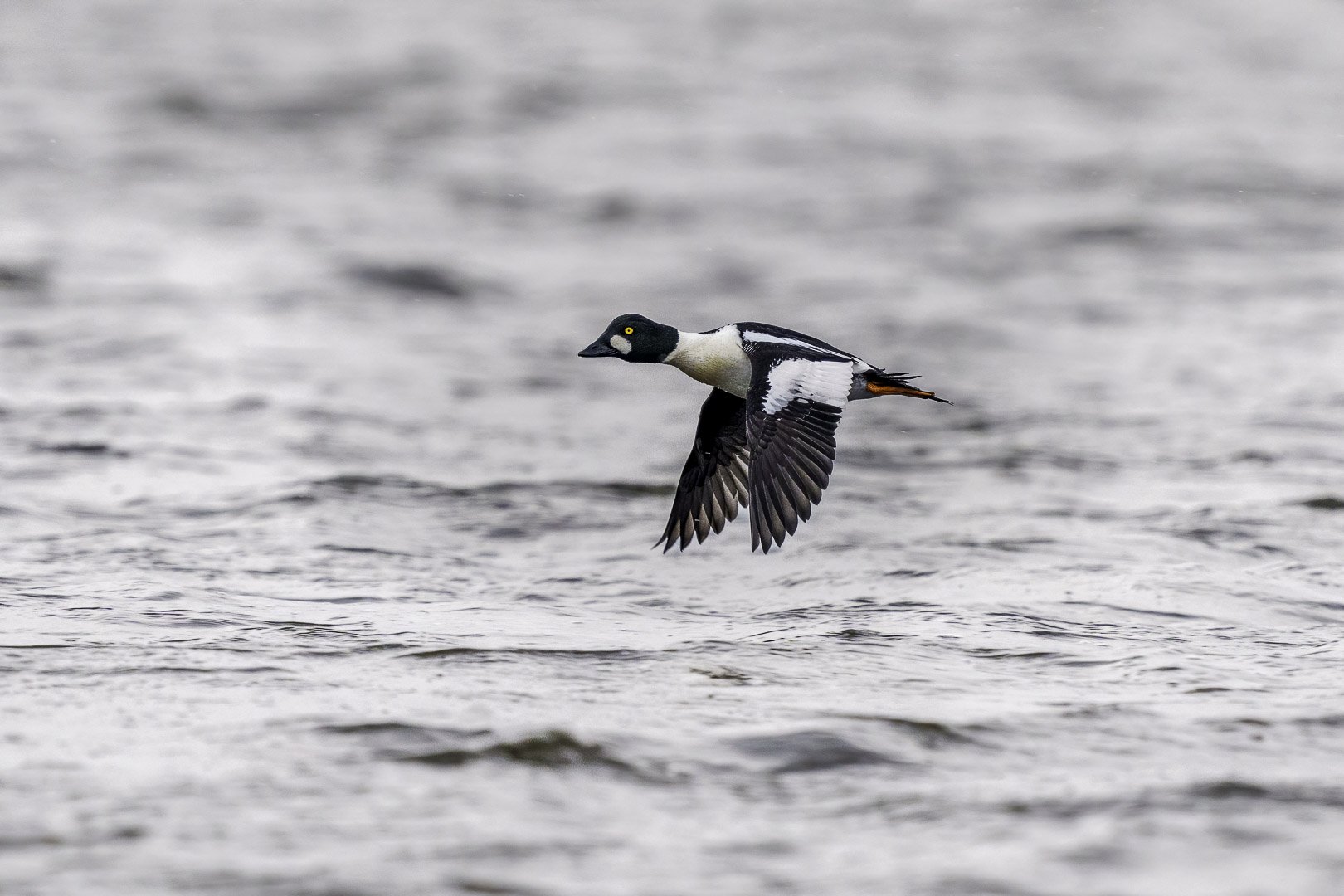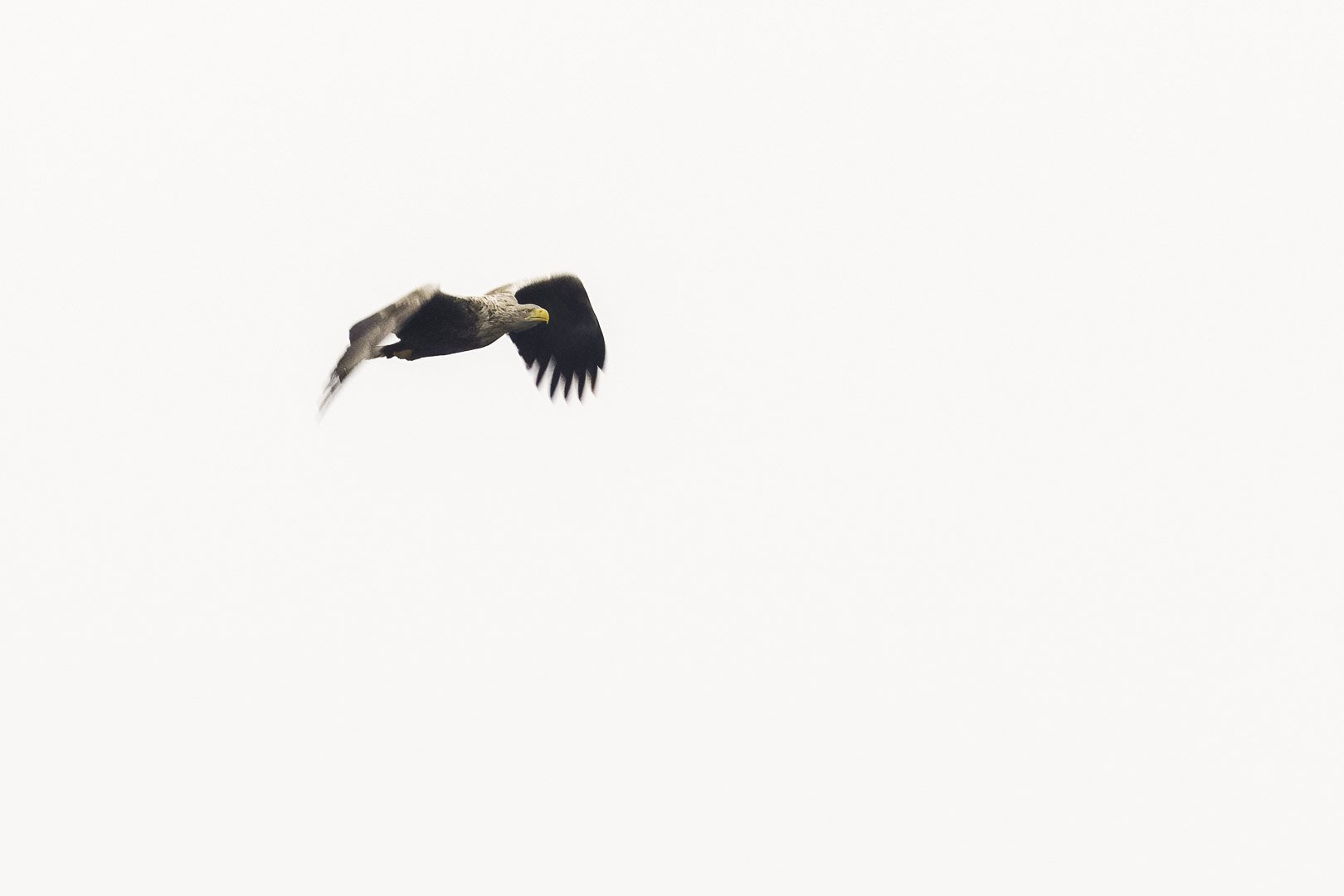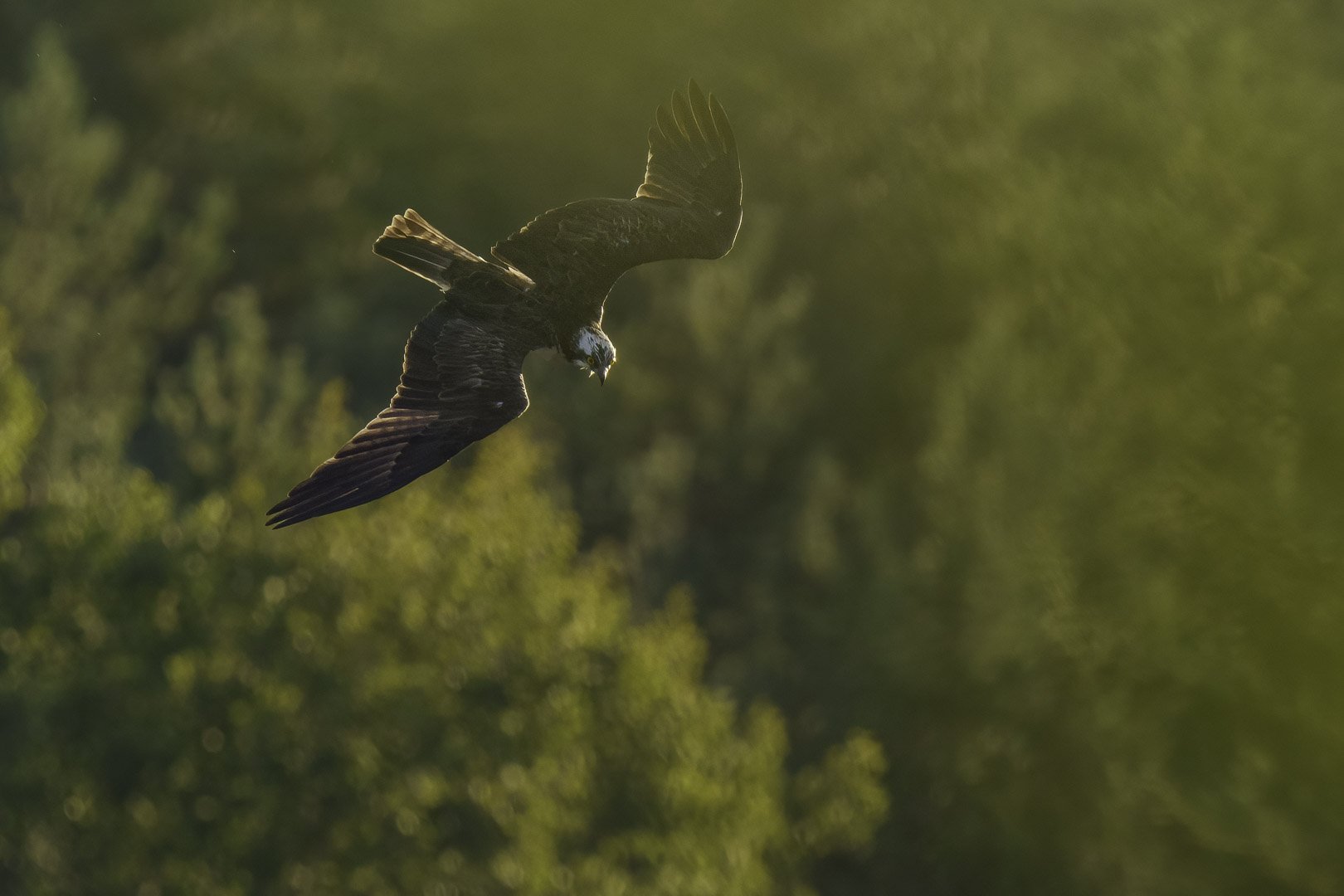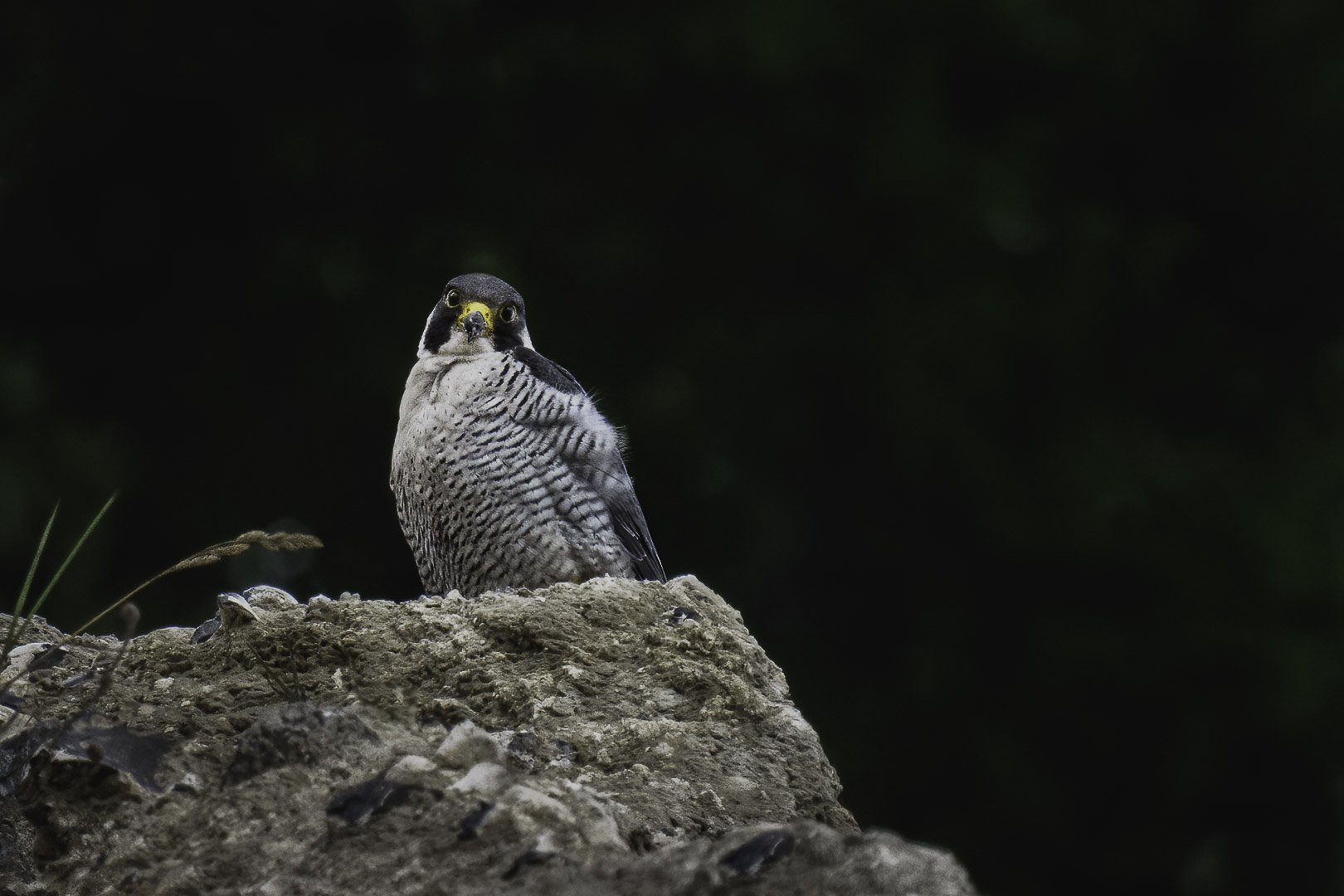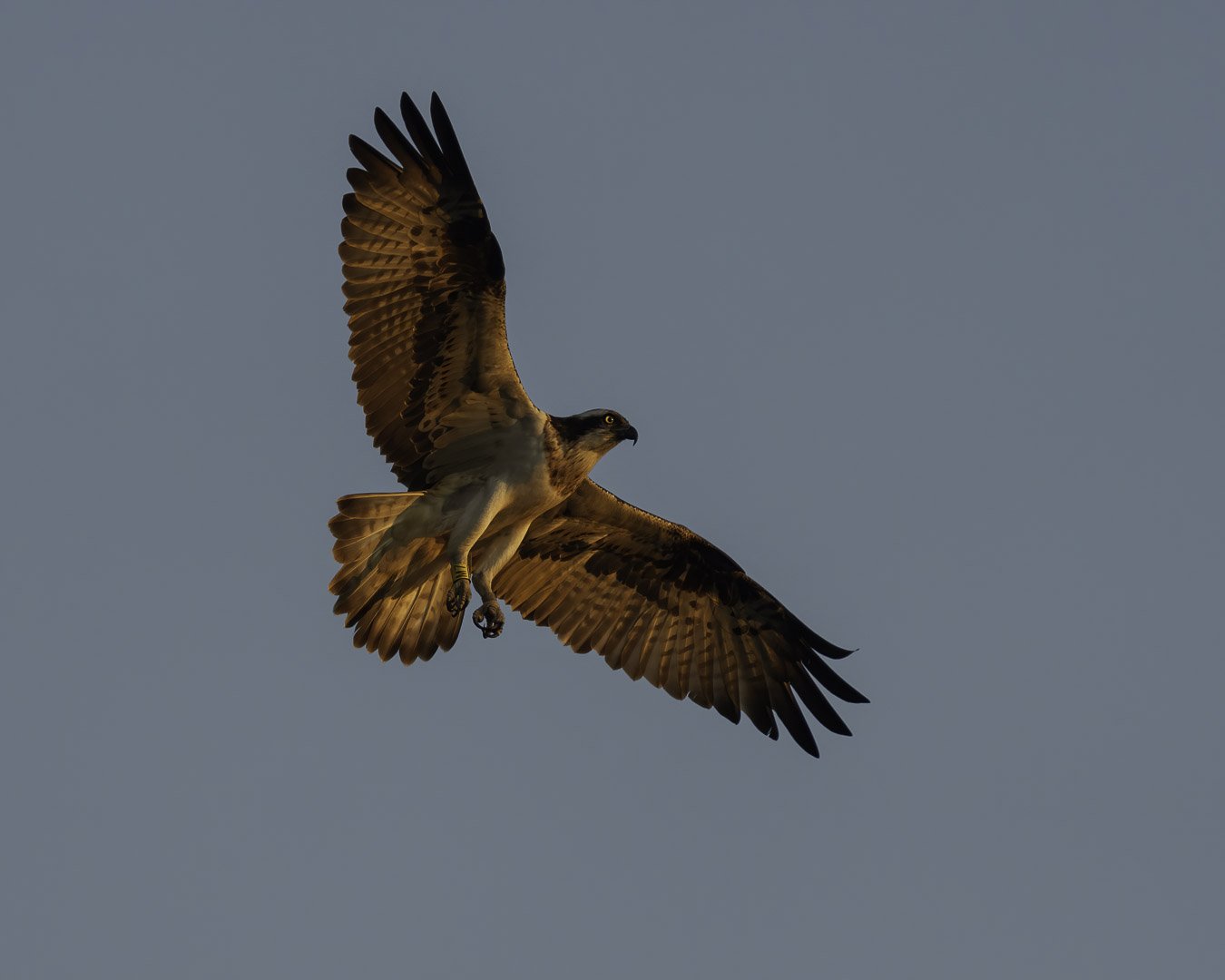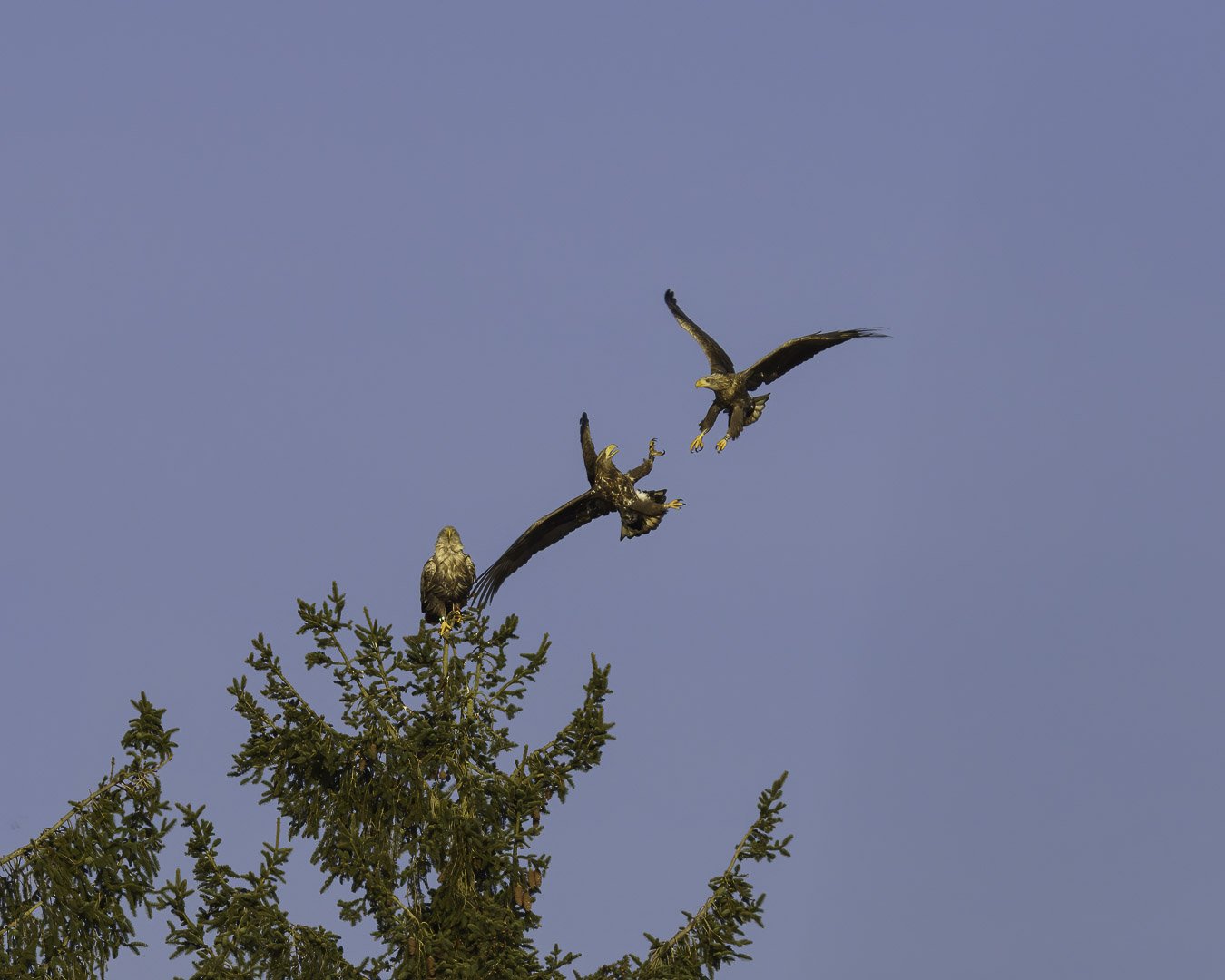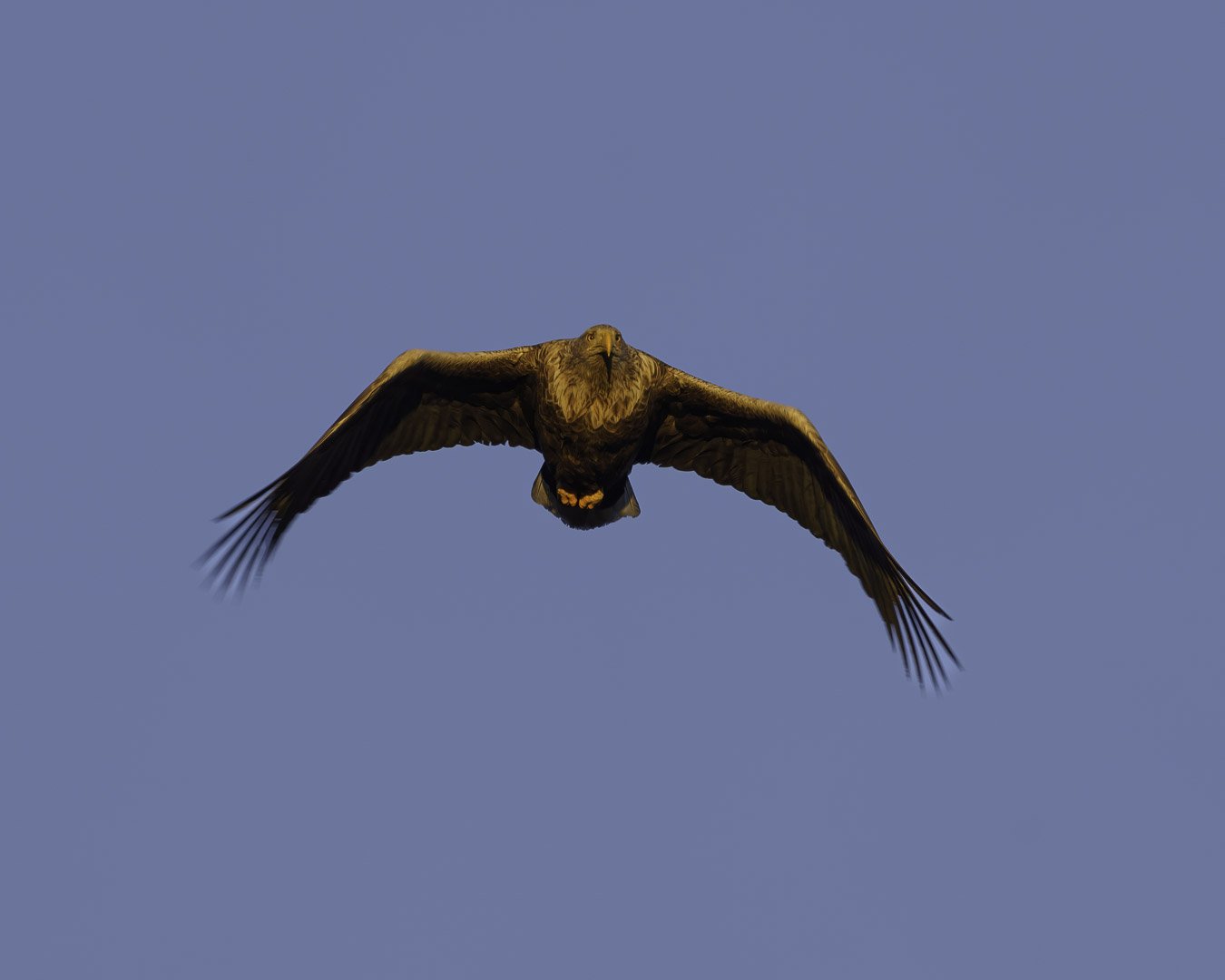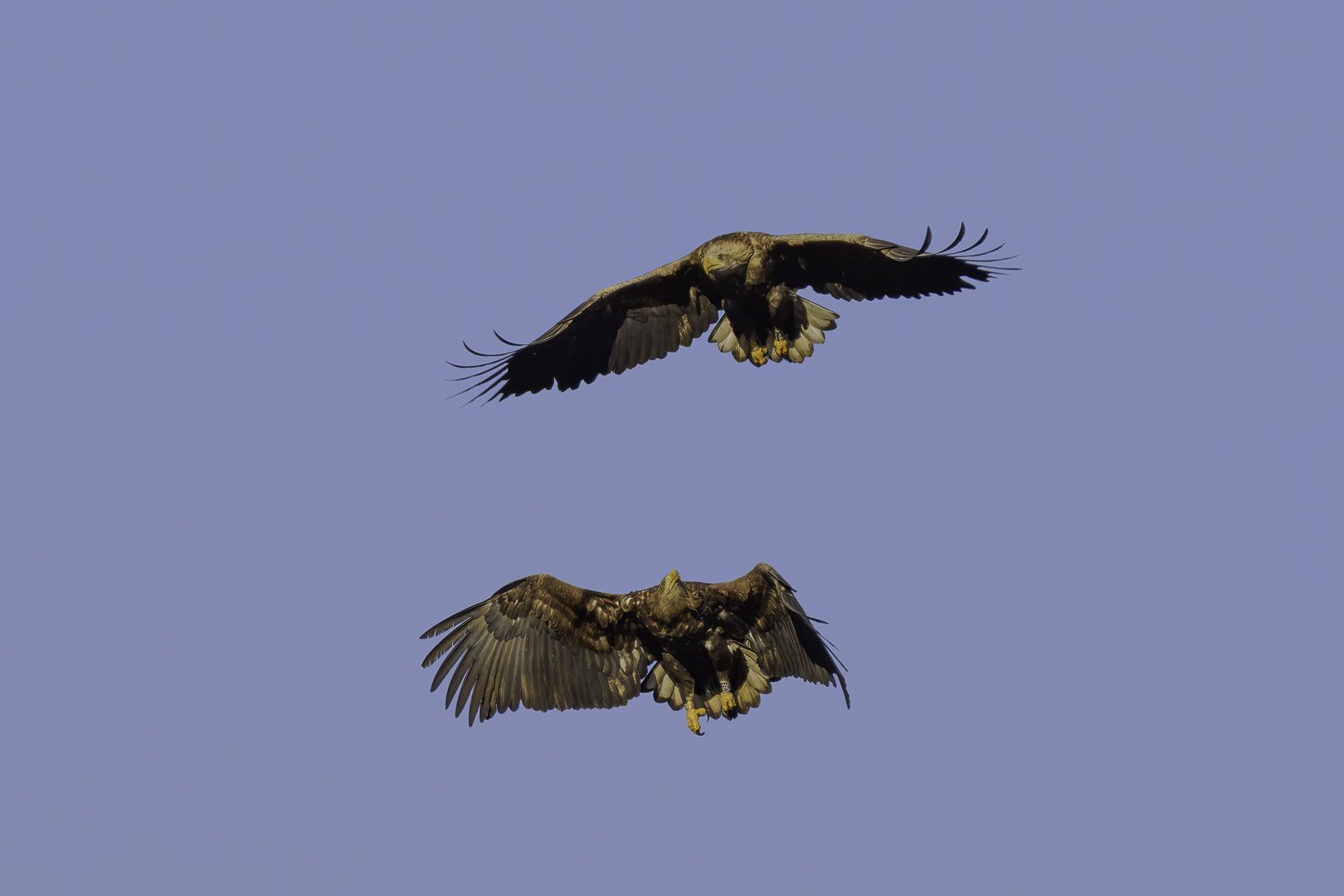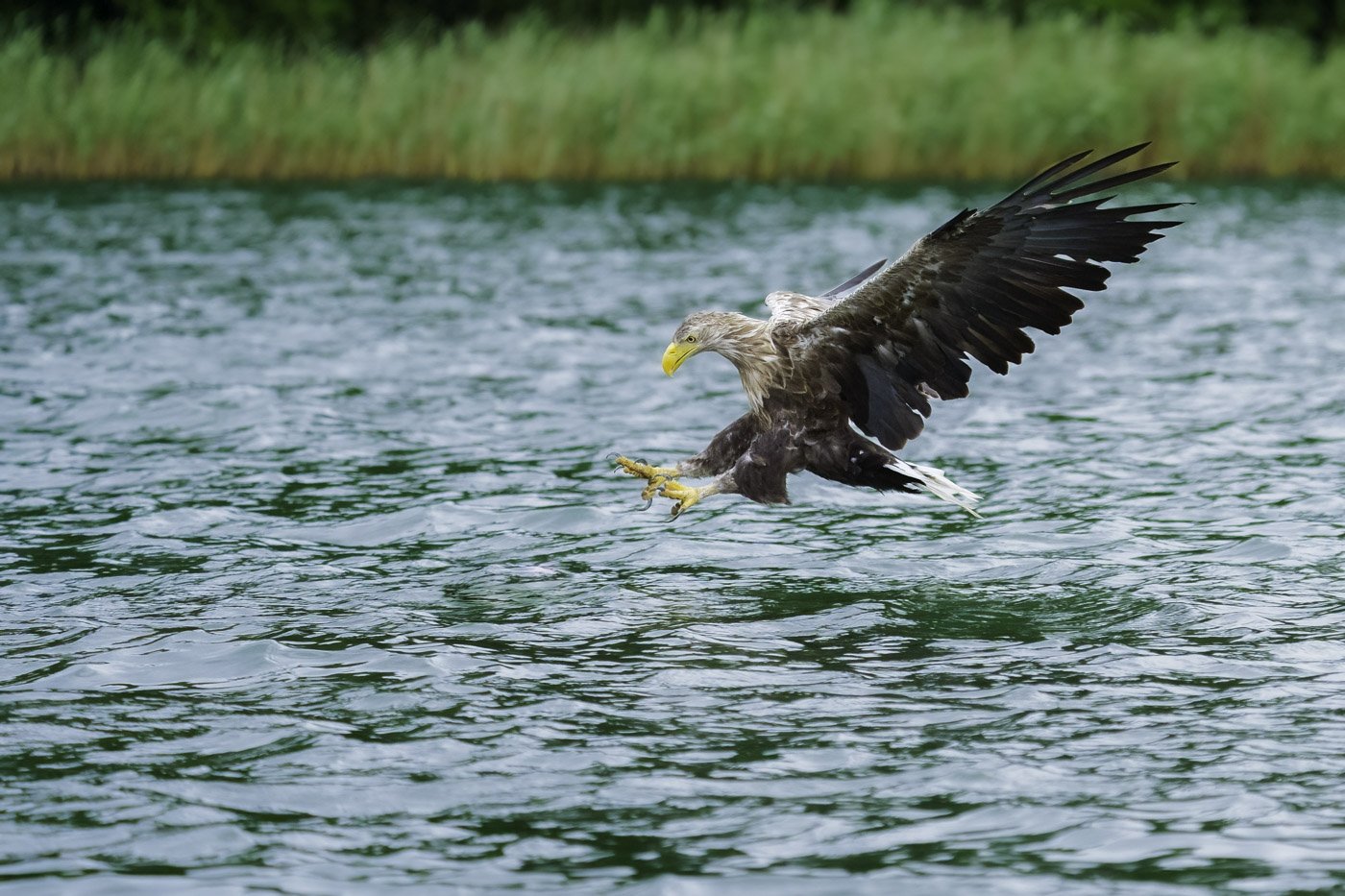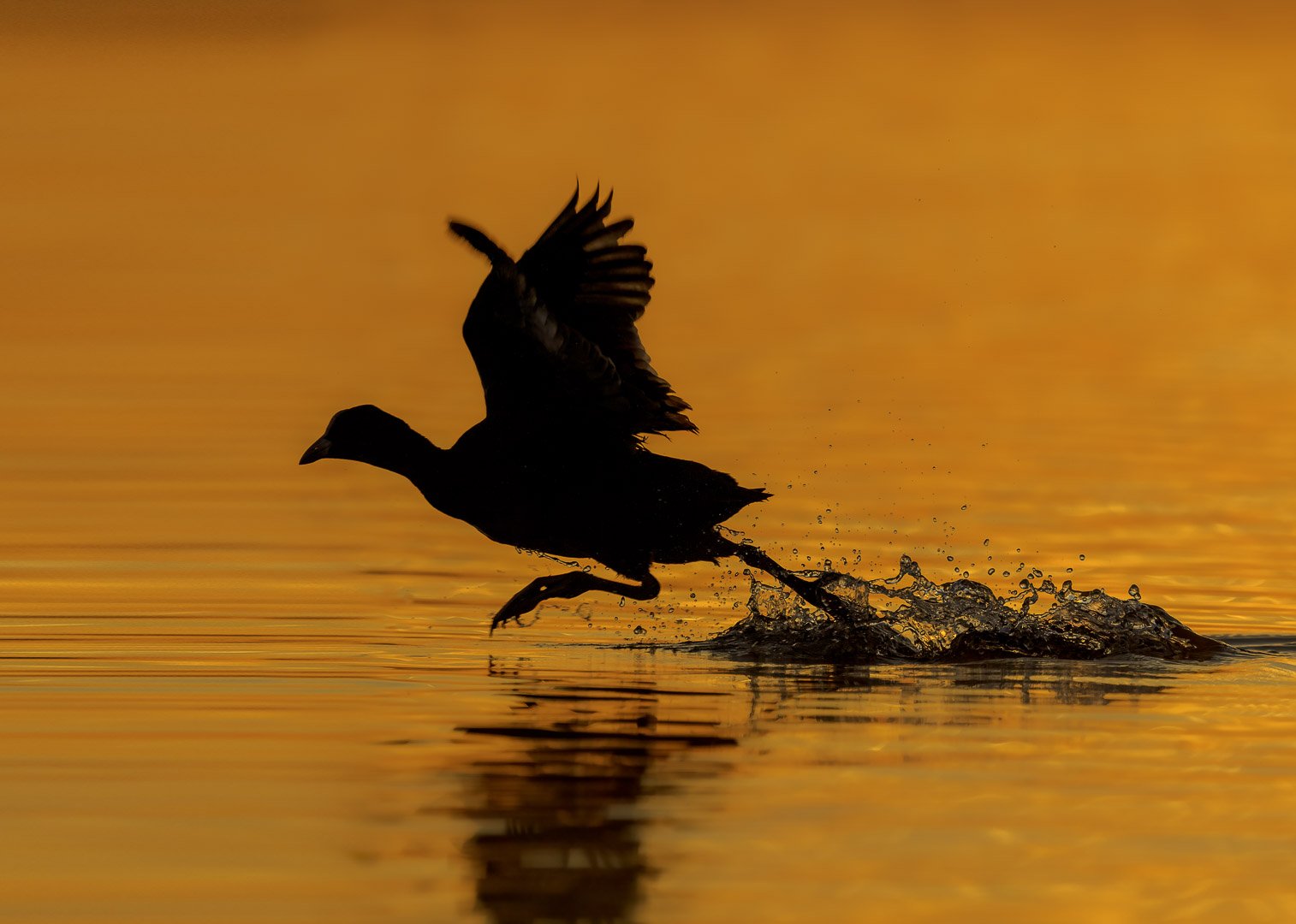Peregrine Falcon Nesting in Nuremberg Castle
Peregrine Falcon (Falco peregrinus) - Sony a 7 III Sony 200 - 600 mm + TC 1.4 f9 - 840 mm
This year, you can once again watch the peregrine falcons nesting and raising their young at Nuremberg Castle live. The nesting season is already in full swing, and there are two webcams streaming the action live on the internet. The "Lebensraum Burg" website documents the events around the peregrine falcons, explaining many behaviors and providing information about the birds, their diet, and behaviors.
Residents or visitors to Nuremberg can observe the peregrine falcon pair at the castle, especially when the chicks have hatched and are being fed by the adult birds. With a bit of luck, you can also watch the peregrine falcons hunting, diving at high speeds toward their prey. It's spectacular to watch these birds, as they are the fastest in the world for a reason.
Website & Livestream: www.lebensraum-burg.de/Wanderfalke/Webcam
Peregrine Falcon (Falco peregrinus) - Sony a 7 III Sony 200 - 600 mm + TC 1.4 f9 - 840 mm
The Peregrine Falcon (Falco peregrinus)
The peregrine falcons began nesting in March, and the coming weeks are an exciting time for bird watchers and nature lovers as they have the chance to observe these fast raptors in the wild at the Kaiserburg.
Peregrine falcons are fast and agile hunters, catching their prey in midair. They are considered the fastest flying bird species in the world, reaching speeds of up to 390 km/h. Peregrine falcons primarily feed on birds such as corvids, domestic pigeons, starlings, thrushes, skylarks, and finches, often found near cities and bodies of water. The birds nest on cliffs or buildings.
These majestic birds are diurnal, hunting from dawn until evening. In Nuremberg, it has been observed that the hunting window can extend into the night due to lighting, allowing them to catch migrating birds at night.
The peregrine falcon mainly preys on birds the size of pigeons. Over the years, more than 70 different bird species have been identified in the diet of the Kaiserburg peregrine falcons, with starlings and city pigeons being the primary prey, followed by house sparrows and swifts.
These birds are known for their spectacular flight maneuvers used to chase and capture their prey. In a dive, they can reach speeds of up to 390 km/h, making them the fastest animal.
A peregrine falcon pair claims a territory of about 30 km². They hunt their prey in open airspace, using both spotting and diving techniques. The prey is either killed by the impact of the dive or by a neck bite with the falcon's tooth, a sharp notch on the upper beak.
Enjoy watching!
See you soon and good light!



